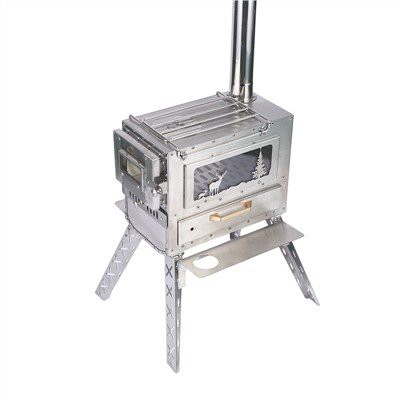
Portable Wood Stove with Chimney
Quick Fold: No loose parts, quick installation.. Ultralight: Easy to carry for backpackers.. Double
Add to Inquiry
Outdoor Portable Wood Stove
Brand Name: OYLI. Opened Size: (L)X(W)X(H) 39x20x36m. Package Weight :9 kg. Color :Silver.
Add to Inquiry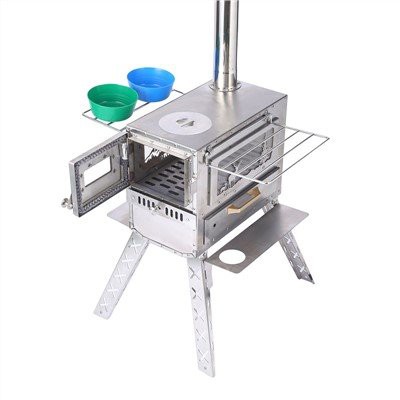
Hot Tent Camping Stove
Brand Name: OYLI. Opened Size: (L)X(W)X(H) 39x20x54cm. Package Weight :11 kg. Color :Silver.
Add to Inquiry
Camping Stove in Tent
Brand Name: OYLI. Opened Size: (L)X(W)X(H) 39x20x36m. Package Weight :9 kg. Color :Silver.
Add to Inquiry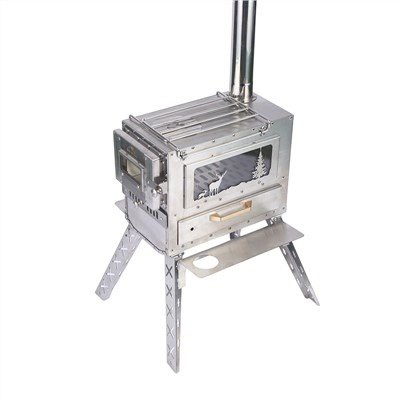
Camping Chimney Stove
Brand Name: OYLI. Opened Size: (L)X(W)X(H) 39x20x54cm. Package Weight :11 kg. Color :Silver.
Add to Inquiry
Stainless Steel Tent Stove
Brand Name: OYLI. Opened Size: (L)X(W)X(H) 39x20x36m. Package Weight :9 kg. Color :Silver.
Add to Inquiry
Wood Pellet Tent Stove
Brand Name: OYLI. Opened Size: (L)X(W)X(H) 39x20x54cm. Package Weight :11 kg. Color :Silver.
Add to Inquiry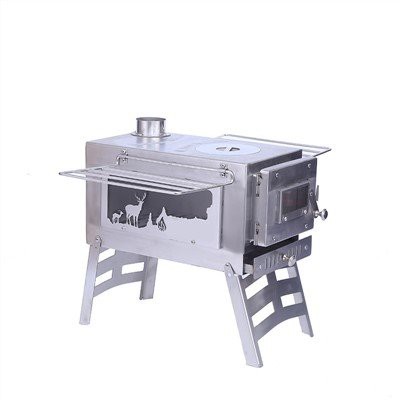
Ice Fishing Hut Wood Stove
Brand Name: OYLI. Opened Size: (L)X(W)X(H) 39x20x36m. Package Weight :9 kg. Color :Silver.
Add to Inquiry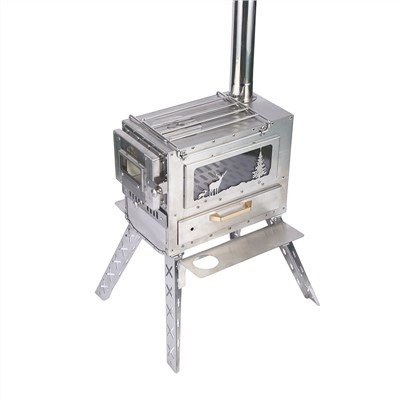
Tiny Wood Stove for Tent
Brand Name: OYLI. Opened Size: (L)X(W)X(H) 39x20x54cm. Package Weight :11 kg. Color :Silver.
Add to Inquiry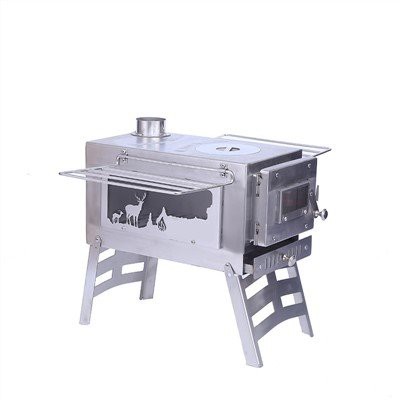
Hot Tent Backpacking Stove
We’ve found the best hot tent backpacking stove to keep your tent toasty even in freezing
Add to Inquiry
Canvas Tent Pellet Stove
Brand Name: OYLI. Opened Size: (L)X(W)X(H) 39x20x54cm. Package Weight :11 kg. Color :Silver.
Add to Inquiry
Winter Camping Wood Stove
Brand Name: OYLI. Opened Size: (L)X(W)X(H) 39x20x36m. Package Weight :9 kg. Color :Silver.
Add to Inquiry
Tent Stove
11 Years Professional manufacturer of Outdoor products, Including: BBQ Series, Kitchen tools, Camping Tools, Cookwar Series, Gas Stoves Series and Its spare parts.Cover 10, 000 Square meters area, advantagetechnology, Testing euiqment and production line.Concentrate our expertise on enhancing quality and developing new products.OEM and ODM are accceptable, Cooperate With Innovation, Development and Mutual Benefits.
Why Choose Us
Our Factory
Cover 10, 000 Square meters area, advantagetechnology, Testing euiqment and production line.
Professional Team
We have stable statistic relationship with dozens of cooperated manufacturers which rich experienced in the field in decades.
Rich Experience
We focus on quality control, we always keep eyes on each partial of knives, concentrating on every single knives, all the details.
High Quality
Factory caring of every procedure in the knife production, Continuous research, keep improving of the workmanship, quality.












